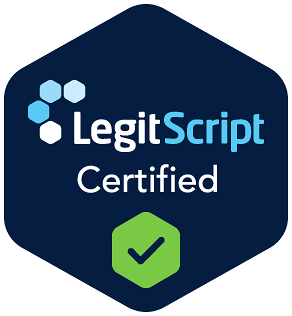When it comes to compounded medications, topical applications offer a versatile option. From creams and gels to transdermal preparations, topicals can be customized in various ways to meet specific needs.
But what exactly makes a topical worth considering? Let’s explore.
What Is a Topical Medication?
Topical medications are applied directly to the skin’s surface. Depending on the formulation, they may be intended for localized or systemic use. In a compounding setting, topical preparations can be adjusted in strength, consistency, and base type to align with individual prescription needs.
Common examples include:
- Creams and ointments
- Gels with penetration enhancers
- Transdermal creams
- Vaginal or rectal preparations
Why Do Providers Choose Topical Dosage Forms?
There are a number of practical reasons why a provider may opt for a topical form over a capsule, tablet, or injection:
- Ease of use: May be helpful for patients who have difficulty swallowing pills
- Targeted application: Can allow for use at or near the site of concern
- Non-oral route: Offers an alternate method of administration when appropriate
- Adjustability: Strength and base consistency can be modified per prescription
Pharmacists and providers may work together to determine the most appropriate base—such as a cream, gel, or transdermal formulation—based on the intent of the prescription.
What Goes Into a Compounded Topical?
Compounding a topical preparation involves selecting suitable ingredients and a compatible base to ensure consistency and ease of use. Pharmacists must consider a range of technical factors, including:
- Solubility of the ingredients
- Absorption characteristics
- Intended use (localized vs. systemic)
- Sensitivities or exclusions requested by the provider
Not all medications are suitable for topical delivery. These formulations are used when a prescriber determines they are appropriate for both the medication and the patient.
Interested in exploring other dosage forms available through compounding? Explore common dosage forms offered by compounding pharmacies. (link the common dosage forms.. Blog post here)


